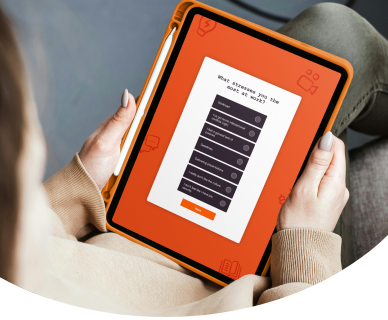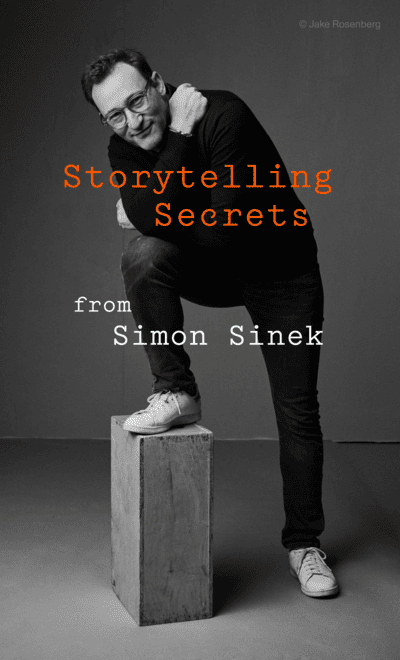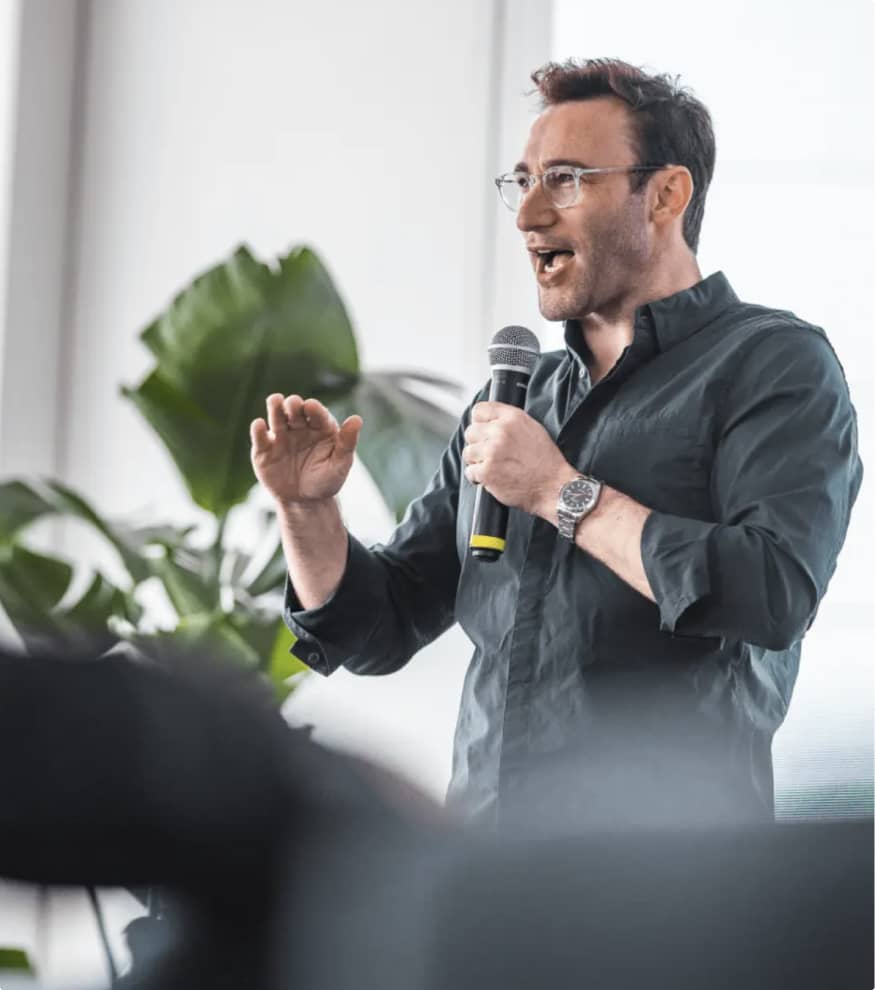On average, adult human beings make 35,000 conscious decisions every day, each influenced by our perceptions and biases. Navigating this vast sea of choices, where the distinction between wisdom and folly often blurs, calls for expert guidance. Enter Dr. Justyna Kucharska, a renowned psychologist with deep expertise in neuroscience and psychology.
In her class “The Art of Decision Making” (which you can access in The Optimism Library), Dr. Kucharska takes us on a journey through the intricate workings of our minds, helping us understand the roots of our decision-making challenges. With her insights, we’re equipped to hone our ability to make smarter, more informed choices. What’s more, she exposes the hidden influences and subtle biases that can derail us, offering practical strategies to enhance our decision-making skills.
That’s right: Our brains often work against us. “Cognitive biases are simplifying strategies your brain uses,” explains Dr. Kucharska. “We all know that life is complicated, and information that we receive from the world is complex. And oftentimes, It’s really difficult to deal with it. So we need simplifying strategies that would allow us to deal with the complexity of information in life. That’s where these biases come into play.”
Recognizing our mental shortcuts is the first step toward making wiser choices. Let’s dive into four common cognitive biases that often lead us astray and explore practical advice on how to counteract them:
1. Confirmation Bias
We’ve all felt the wave of satisfaction when we get to say “I told you so!” But as it turns out, we crave that satisfaction because of a little thing called confirmation bias, which skews our reality. Confirmation bias prompts us to favor information that aligns with our existing beliefs, leading us to discount evidence that contradicts them.
For instance, if we believe that we’re always ineffective in our presentations, our brains will focus on the disengaged audience members the next time we present, confirming our belief that “we always mess up our presentations; no one was engaged.”
Here’s How to Beat It:
To counteract this bias, Dr. Kucharska suggests we call it out. By stepping back from our feelings and labeling our thoughts as biased, we can reopen our minds to other perspectives. “Confirmation bias means you’re likely to remember the disengaged faces while ignoring the interested ones,” she says. “Actively seek feedback to challenge your initial perceptions.”
This practice helps broaden our view, making our decision-making process more balanced and less subjective.
2. Sunk Cost Fallacy
The sunk cost fallacy occurs when we continue down a path that’s clearly not yielding results, simply because we’ve already invested heavily in it. For example, if we’ve ever thought, “I’ve already spent four years in this job I dislike, might as well stick it out,” we’ve fallen victim to the sunk cost fallacy.
Here’s How to Beat It:
The way out of the sunk cost fallacy is similar to the way out of confirmation bias: recognition. “Recognizing a bad investment is crucial—don’t let past investments dictate your future decisions,” says Dr. Kucharska. This can be aided by making pros and cons lists, talking through our concerns with supportive friends, or seeking advice from trusted coworkers.
Think of our happiness as the ultimate investment. If four years in a job isn’t fulfilling, it’s time to explore new opportunities that align with our career goals and invest in our quality of life. Accepting the costs that have been sunk can be hard, but deciding not to sink any further makes it easier.
3. Framing Bias
Even though we’ve all been told not to judge a book by its cover, our eyes can’t help but be drawn to the flashier sleeves. It’s all about presentation, and the same rule applies to our choices. This is the framing bias.
Our decisions are influenced by the way information is presented, rather than just the information itself. This bias can make us view the same situation in dramatically different ways, depending on how it’s framed.
For example, if we’re passed over for a promotion, we might immediately think, “I didn’t get the promotion; the system is rigged!” This reaction is influenced by framing bias.
Here’s How to Beat It:
Every time we feel ourselves slipping into framing bias, we should force ourselves to frame our thoughts in a few different ways. As much as it pains us to admit it sometimes, our truth is not always the truth. This is why, according to Dr. Kucharska, “We must always consider alternative interpretations.”
By reframing our perspective, we can see opportunities for growth instead of barriers. So, if we find ourselves thinking, “I didn’t get the promotion; the system is rigged,” we should follow it up with, “I didn’t get the promotion, but let’s analyze how I can improve my skills or alter my approach for the next opportunity.” This approach helps us make informed decisions about our next steps.
4. Overconfidence Bias
Nothing is quite as humbling as when we don’t prepare for something because we think we “totally have it in the bag” only to quickly find out that we very much did not. That’s the overconfidence bias in full effect.
Overconfidence bias occurs when we overestimate our knowledge, skill, or prediction accuracy. While it’s good to be confident, overconfidence can lead to unanticipated challenges.
Here’s How to Beat It:
“Adequate preparation combines confidence with humility,” says Dr. Kucharska. Next time we face a choice and the answer seems obvious, we should take a second to ask ourselves, “Is this confidence or is this arrogance?”
Acknowledging what we know while preparing thoroughly to cover what we don’t ensures we’re ready to handle unexpected questions and situations.
Becoming aware of these biases and actively counteracting them can transform the art of decision-making from an abstract trial-and-error process into a thoughtful, informed one. Together, we can refine our decision-making skills and navigate our choices more wisely.
For more, check out The Optimism Library.











